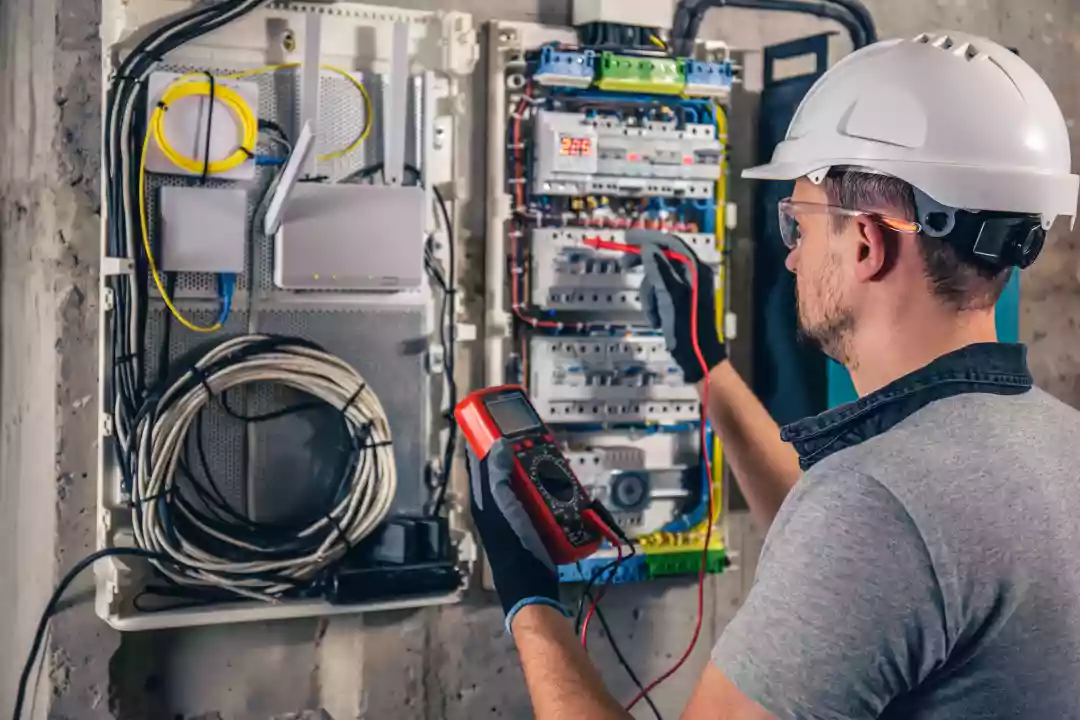Voltage Sag
A voltage sag is a reduction in voltage that can last from a few milliseconds to several seconds. It usually happens as the result of faults occurring on the electricity network or due to the heavy loading of equipment. Such issues can be caused by short circuits, overloads, or certain transformer operations. According to the Institute of Electrical and Electronics Engineers (IEEE), voltage sags typically range from 10 percent to 90 percent of nominal voltages. In many cases, voltage sags can lead to power disturbances, data loss, and outages in residential and commercial applications.
Voltage Brownouts
A voltage brownout is the opposite of a voltage sag; it is an increase in voltage that can last from seconds to several minutes. This is usually caused by an overload on the local power grid, typically when there is a higher-than-anticipated demand for electricity from the population. Some of the services that could suffer during a brownout are computers, air conditioners, and refrigerators. As a result, this can cause damage to several electronic components, as well as the appliances themselves.
A voltage reduction can affect different kinds of electrical equipment differently; some devices will be negatively impacted while others might not be at all. Any resistive equipment, like an electric heater, has a heat output that is equal to its power consumption; as a result, a sizable drop in voltage will result in a fall in heat output. Due to decreased heat generation in the filament and decreased heat-to-light conversion, an incandescent lamp may dim; in most cases, no harm will be done, but functioning will be compromised.

Need assistance finding electrical inspections near you?
Get a QuoteOver-Voltage and Surges
Over-voltage and surges refer to electrical events caused by lightning strikes or by the switching of capacitive and inductive loads. Over-voltage is an increase in voltage for a short time, while a surge is an increase in voltage for a longer time. Although over-voltage can last for several seconds, typical surge times last for up to a minute or two. In order to protect against these types of episodes, it is recommended that surge protection devices be installed on any electrical equipment that will be exposed to them, such as televisions, computers, or washing machines.
The electrical installation protection system includes a surge protection device (SPD). As seen below, this device is linked in parallel to the power supply circuits of the loads that it must safeguard. This sort of overvoltage protection is the most popular and effective one, and it may be employed at all levels of the power supply network.
Electrical Noise
Electrical noise refers to spontaneous fluctuations in currents and voltages that are often generated by electronic devices. It results from a variety of sources, including switching transistors, current transformer cores, and loose contacts. These electrical spikes can cause serious problems with a circuit’s performance, such as data corruption, incorrect readings, and system failures. Furthermore, electrical noise is also linked to electromagnetic interference and radio frequency interference which can adversely affect communication systems. As such, it is important to identify and eliminate any sources of electrical noise in order to maintain optimal performance.
Electrical noise results from electrical signals that are more or less linked into circuits where they are not needed - or where they interfere with signals that carry information. Both power and signal circuits experience noise, but often, signal circuits are where it starts to cause issues. The signal-to-noise ratio explains how much noise a circuit can withstand before the signal, which contains genuine information, becomes tampered with or corrupted.
Voltage Blackouts
Last but not least, a voltage blackout is an emergency event which causes a complete loss of power. It can occur for a number of reasons, such as power line overloads, machinery or equipment malfunctions, or power plant failures. Large-scale voltage blackouts can wreak havoc on entire cities and can cause significant disruption in everyday life. In these instances, businesses and households may find themselves without power for days or even weeks. It is therefore important for all homeowners and businesses to be aware of the potential risks associated with a voltage blackout and to take the necessary steps to ensure that their premises are adequately prepared.
An electrical network's power outages can stem from many different reasons. Short circuits and damage to electric transmission lines are a few examples of these causes. Power outages are especially dangerous at locations where the environment and public safety are at risk. In most cases, places like hospitals, sewage treatment facilities, and mines have backup power sources such as backup generators.
In conclusion, voltage fluctuations can have a profound impact on the performance, efficiency, and safety of any electrical system. Knowing the various types of voltage fluctuations helps identify any potential problems and ensures that proper measures are taken to avoid any disruption or failure. Furthermore, an Electrical Installation Condition Report (EICR) can also help in identifying any issues related to voltage fluctuations and can be performed by a qualified electrician.
In this article:
